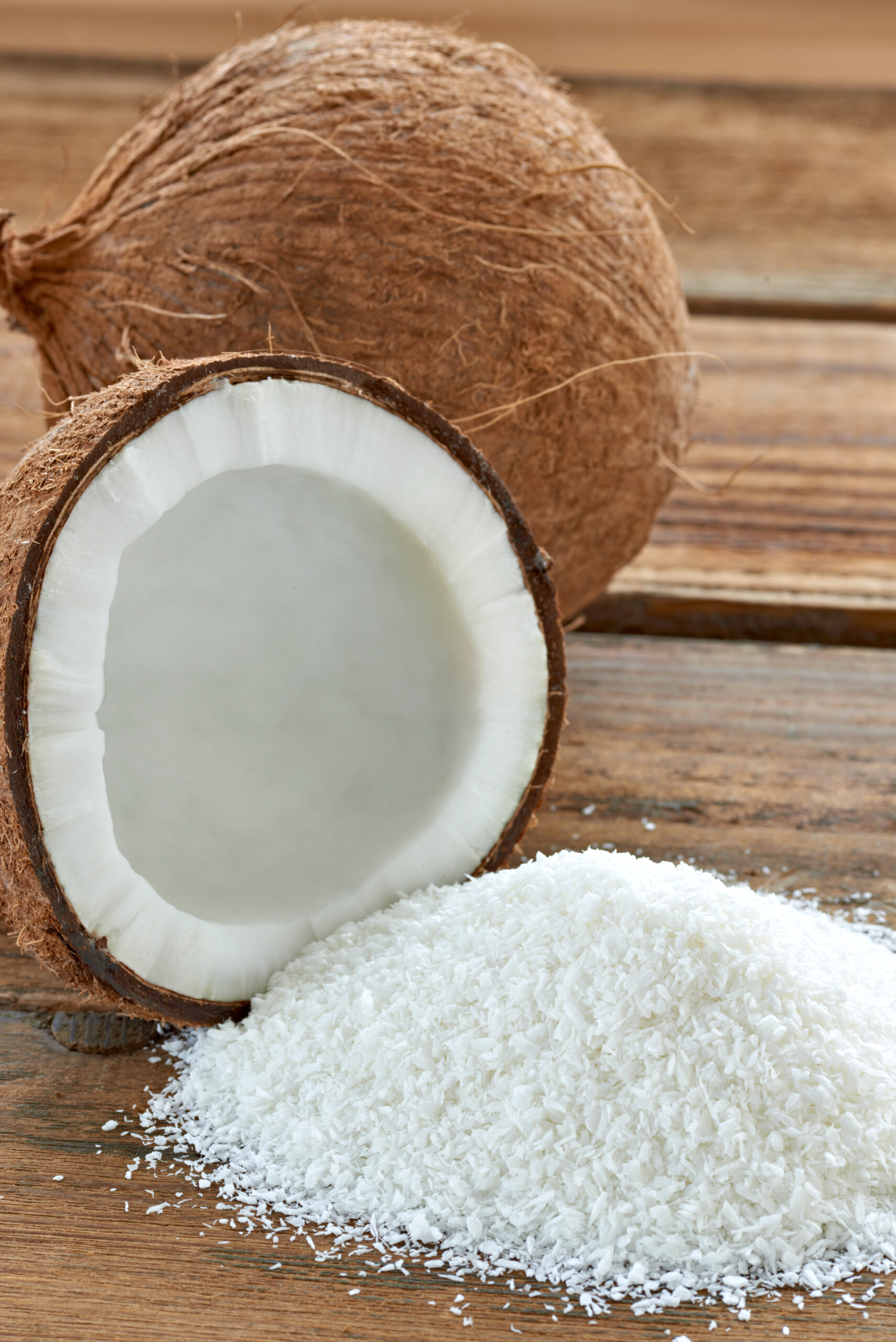
Grated coconut is sweet and nutty, and it shows up in everything from grandma’s curry to today’s smoothie bowls. It’s not just about flavor though. This simple tropical shred earns its place in the kitchen and in your skincare routine.
Toss it into chutney, bake it into a cake, or mix it into a quick body scrub. It adds texture and richness wherever it goes. One ingredient with endless ways to use it and plenty of reasons to love it.
What Exactly Is Grated Coconut?
Grated coconut is made by shredding the white flesh from mature coconuts into fine or coarse pieces. It can be freshly grated at home using a grater or scraper, or bought pre-packaged in frozen, dried, or desiccated forms.
It’s not the same as coconut flakes or coconut powder — grated coconut retains more moisture and fat, making it richer and more versatile in both cooking and self-care. Depending on how it’s prepared, it can add chewiness, creaminess, or crunch to whatever it’s used in.
Quick Facts about Grated Coconut
- What it is: finely shredded coconut flesh – sold fresh, frozen, or desiccated (dried and unsweetened).
- Flavor and texture: naturally sweet and nutty; soft when fresh, drier and chewier when desiccated.
- Best in: chutneys, curries, coconut rice, laddoos, cakes, cookies, granola, smoothie bowls.
- Skincare uses: gentle body scrub when mixed with oil or yogurt; mild exfoliation in simple DIY masks.
- Nutrition per 1 tablespoon (7 g): about 45 kcal; fat 4 g; carbs 2 g; fiber 1 g; protein <1 g; good source of manganese.
- Substitutes: unsweetened flakes pulsed finer; coconut powder; in baking a mix of almond meal plus a little coconut oil for texture.
- Pro tips: toast lightly in a dry pan for deeper flavor; soften dried coconut with warm water or milk if you want a tender texture.
- Storage: fresh or thawed keeps 3–4 days in the fridge; freeze for longer; store desiccated airtight in a cool, dry place.
- Allergen note: labeled as a tree nut in some regions – check packs if you have nut or sulfite sensitivities.
Forms You Will Find It In
Grated coconut comes in several forms — each with its own texture, moisture level, and best use. Here’s what you’ll commonly find:
-
Fresh Grated Coconut:
Shredded from the flesh of a mature coconut, this version is moist, naturally sweet. -
Frozen Grated Coconut:
Typically sold in blocks or bags, this is fresh coconut that's been grated and frozen to preserve flavor. -
Dried Grated Coconut:
This version has had most of its moisture removed. It’s still soft but has a longer shelf life. -
Desiccated Coconut:
A finer, drier version of grated coconut — often used in baking or coating sweets like coconut ladoos. It’s light, fluffy, and blends easily into dry mixes. -
Coarse vs. Fine Grating:
Some recipes call for a coarser texture for bite, while others need a finer grate for smooth blending. The form you choose depends on your dish — or your scrub!
What Does It Tastes Like?
Grated coconut has a naturally sweet, nutty flavor with a mild creaminess that makes it instantly comforting. Freshly grated coconut is juicy and slightly milky, while dried or desiccated versions have a more concentrated taste with less moisture.
Its gentle richness pairs well with both sweet and savory dishes — adding body to curries, softness to baked goods, and a satisfying chew to tropical desserts. No matter the form, it brings a subtle tropical note that feels warm and familiar.
Culinary Uses Around the World
Grated coconut is a global kitchen chameleon — slipping easily into sweet, savory, and even spicy dishes across continents.
-
India:
A must-have in South Indian cooking, it’s blended into chutneys, added to stir-fries, and used in fillings for sweets like modaks and coconut barfis. -
Thailand & Southeast Asia:
Combined with spices and aromatics in curry pastes, rice dishes, and coconut-based desserts like sticky rice with mango. -
Caribbean:
Often used in rice and peas, coconut bread, and tropical cakes, bringing depth and island flair to both main dishes and treats. -
Sri Lanka:
Used raw, toasted, or tempered in dishes like pol sambol, coconut mallung, and spice-laced vegetable curries. -
Africa:
In coastal cuisines, it’s simmered into stews or mixed with rice to enhance texture and flavor. -
Western cuisine:
Found in everything from granola and energy balls to coconut macaroons and layered cakes — often as a topping or mix-in.
No matter where it’s used, grated coconut brings body, subtle sweetness, and that unmistakable touch of comfort that crosses borders.
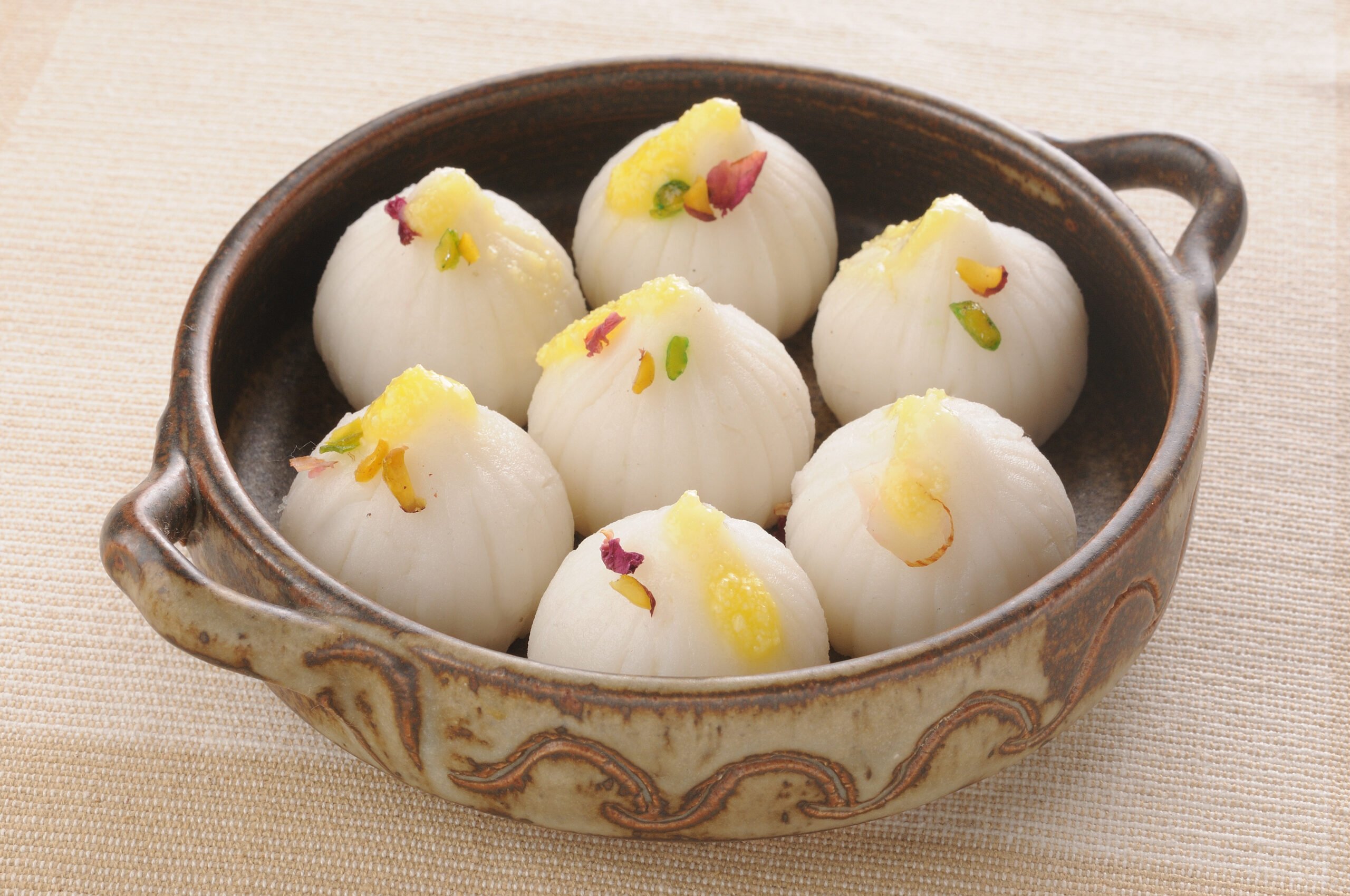
A sweet symbol of tradition and devotion — Modak is a steamed or fried dumpling filled with jaggery and coconut, loved as Lord Ganesha’s favorite treat.
Moist, fragrant, and lightly sweet — Coconut loaf bread brings tropical comfort to every slice.
Cooking With Grated Coconut
Grated coconut isn’t just a background ingredient — it can be the heart of a dish when used thoughtfully. Depending on the form and texture, it brings richness, body, or crunch to your food.
-
Use fresh or frozen for full flavor:
These versions work best in curries, chutneys, and desserts where you want creamy texture and natural sweetness. -
Toast it for extra depth:
Lightly toasting dried or desiccated coconut in a dry pan brings out nutty notes — perfect for topping salads, rice, or baked goods. -
Blend it into batters and fillings:
Finely grated coconut adds softness and moisture to pancakes, muffins, and stuffed flatbreads like puran poli or neer dosa. -
Balance it with spice or citrus:
Grated coconut pairs beautifully with mustard seeds, curry leaves, lime juice, or chili — especially in South Asian and Southeast Asian dishes. -
Watch the moisture content:
If a recipe calls for dry coconut but you’re using fresh, reduce other liquids slightly to keep the balance right.
Whether you’re making breakfast, dinner, or dessert, a handful of grated coconut can turn something simple into something special.
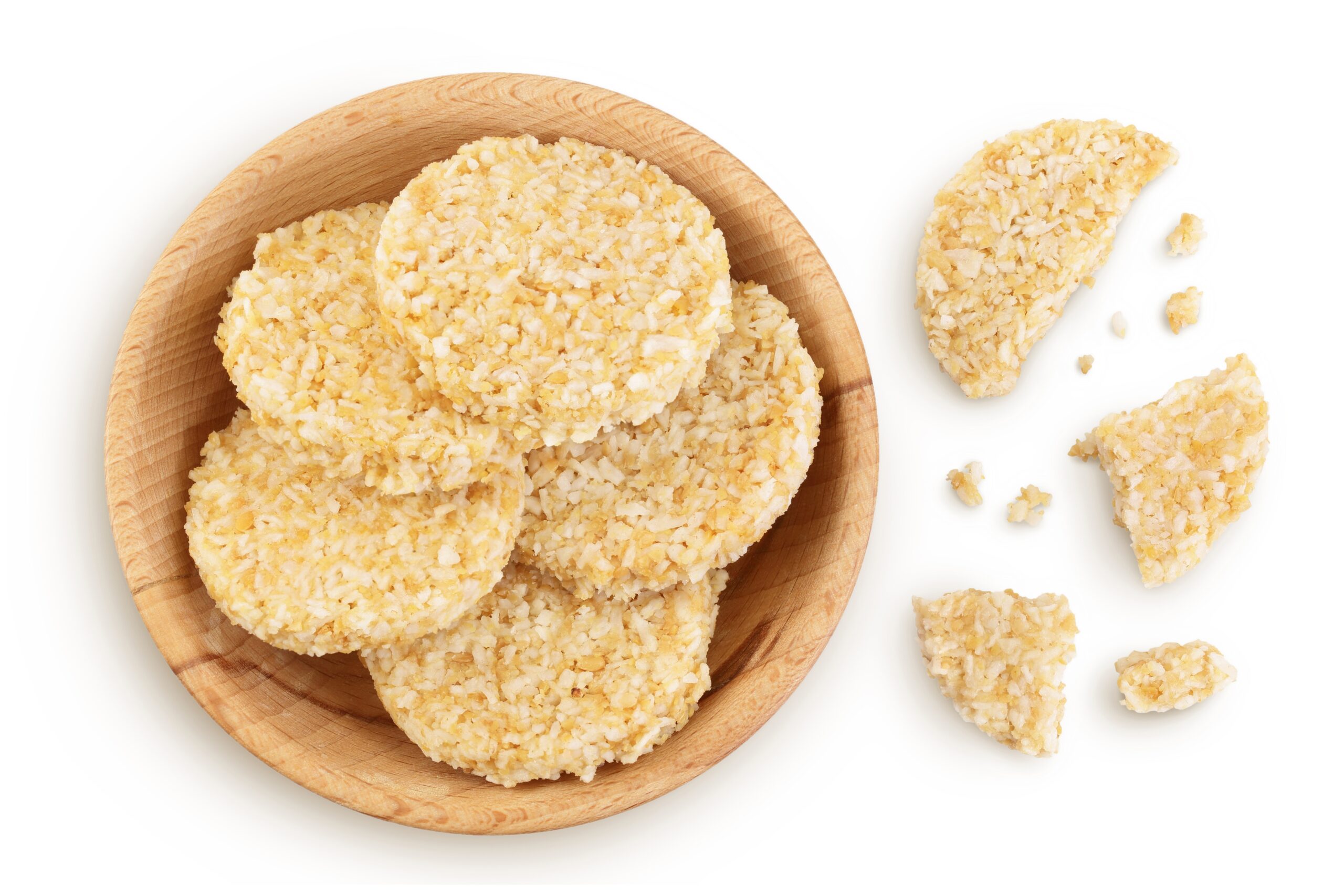
Crispy on the edges, chewy in the center — coconut cookies are little bites of tropical bliss, packed with toasted coconut flavor.
Creative Ways to Use Grated Coconut Beyond Traditional Recipes
Grated coconut isn’t just for curries and sweets — it can sneak into all kinds of unexpected dishes and routines if you let it.
-
In smoothies and protein shakes:
Add a spoonful of grated coconut for texture and natural sweetness. It blends well with tropical fruits, cocoa, or dates. -
As a crust or coating:
Mix it with breadcrumbs or crushed nuts to create a crispy coating for shrimp, tofu, or chicken. Toasted coconut adds a golden crunch. -
In oatmeal or porridge:
Stir in grated coconut while cooking or sprinkle it on top with fruit and honey for a warm, comforting twist. -
In savory grain bowls:
Use it as a topping for rice or quinoa bowls with roasted veggies and spicy sauces — it adds richness and contrast. -
Mixed into nut butter or energy bites:
Combine with peanut butter, oats, honey, and seeds to roll into no-bake energy balls — portable and delicious. -
In frozen treats:
Blend it into homemade popsicles, ice cream bases, or yogurt bark for subtle texture and flavor. -
Paired with chocolate:
Stir into brownie batter, roll into dark chocolate truffles, or sprinkle over melted chocolate bark — coconut adds contrast and a tropical flair.
These offbeat ideas are perfect when you want to shake things up and enjoy coconut in new, delicious ways — outside the expected.
Grated Coconut in Traditional Remedies
Grated coconut has long been a part of everyday home remedies in coastal and tropical regions, especially where fresh coconuts are abundant and deeply rooted in local traditions.
-
Eaten with jaggery for strength:
In many South Indian and Sri Lankan households, a spoonful of grated coconut mixed with jaggery is given to children or elders for energy and nourishment. -
Used in herbal porridge after childbirth:
Blended into warm porridges or sweet dishes with spices like fenugreek, turmeric, and ginger, grated coconut is traditionally served to new mothers for strength and recovery. -
Mild home support for digestion:
Some traditional meals include coconut chutney or coconut-laced dishes during upset stomachs, as the gentle texture and fiber are thought to be soothing. -
Cooling food during hot seasons:
In Ayurveda and traditional Tamil medicine, grated coconut is considered cooling and is included in dishes during summer to help balance body heat.
These remedies may not come with labels or dosage, but they reflect the quiet confidence people had — and still have — in food that comforts and heals in simple, trusted ways.
Grated Coconut in Everyday Self-Care Rituals
Grated coconut isn’t just for eating — it can sneak into your self-care routine in surprisingly simple ways. Thanks to its texture, moisture, and natural oils, it’s a pantry ingredient with beauty potential.
-
DIY body scrub:
Mix grated coconut with a bit of honey or yogurt for a gentle, moisturizing scrub. It exfoliates without being harsh and leaves your skin feeling soft. -
Lip polish on the go:
A pinch of fine grated coconut and a drop of coconut oil make a quick lip scrub — perfect for dry or flaky lips. -
Hair mask base:
Blend grated coconut with warm water and strain to make fresh coconut milk. Apply it to your scalp for a soothing pre-wash treatment that may help with dryness. -
Foot soak add-on:
Add some grated coconut and Epsom salt to warm water for a quick, softening foot soak — especially great after a long day.
These small rituals don’t require fancy tools or products. Just a handful of grated coconut and a few minutes can turn your routine into something nourishing and feel-good.
Flavor Pairings
Grated coconut has a naturally sweet, nutty profile with just enough creaminess to make it incredibly versatile — especially when paired with the right flavors.
-
Sweet pairings:
Works beautifully with jaggery, cardamom, cinnamon, vanilla, dates, and tropical fruits like mango, pineapple, and banana. These combinations shine in desserts, porridges, and baked goods. -
Savory pairings:
Complements mustard seeds, curry leaves, green chili, ginger, turmeric, and tamarind — all essential in coconut-based curries, chutneys, and vegetable stir-fries. -
Tangy or citrusy elements:
Lime juice, lemon zest, or tamarind add a bright contrast to coconut’s mellow richness, especially in salads, sambols, or cold noodle dishes. -
Dairy and plant-based fats:
Pairs well with ghee, milk, yogurt, and nut butters in both sweet and savory preparations — from traditional sweets to modern energy bites. -
Grains and legumes:
Coconut adds texture and depth to rice, quinoa, lentils, and chickpeas — making it ideal for grain bowls, khichdi, or coconut rice.
Grated Coconut Substitutes
Ran out of grated coconut or can’t find it nearby? Here are a few handy swaps, depending on what you're cooking:
-
Desiccated coconut:
A close match in texture, though it’s much drier. Add a splash of milk or coconut milk to rehydrate slightly if needed. -
Coconut flakes or shreds:
Larger in size and texture, but they work well in baking or toppings. Give them a quick blitz in a blender to mimic grated form. -
Coconut milk or cream:
Great for curries or soups where moisture is welcome. Just keep in mind the liquid will change the texture of your dish. -
Ground almonds or almond meal:
In desserts, these can provide a similar richness and mild sweetness, though the flavor won’t be the same. -
Chopped nuts (cashews or macadamia):
For crunch and richness in fillings or sweets, they can be a satisfying alternative.
Each substitute brings its own character, so choose one based on the texture and moisture your recipe calls for. If the goal is coconut flavor, nothing truly replaces the real thing — but these options can help in a pinch.
How to Store It Right
Grated coconut can spoil quickly if not stored properly — especially the fresh kind. Here’s how to keep each type fresh and flavorful:
-
Fresh grated coconut:
Store it in an airtight container in the refrigerator and use within 2–3 days. For longer storage, freeze it in small portions for up to 3 months. -
Frozen grated coconut:
Keep it sealed in the freezer and take out only what you need. Don’t refreeze once thawed — it affects both texture and taste. -
Dried or desiccated coconut:
Store in a cool, dry place in an airtight container. It can last several months in the pantry, but refrigeration extends shelf life even more. -
Watch for moisture and smell:
If your coconut smells sour or feels damp when it shouldn’t, it’s time to toss it.
Nutritional Value
Grated coconut may be small in quantity, but it’s energy-dense and rich in natural fats, fiber, and minerals — especially when freshly grated.
Per 1 tablespoon (approx. 7 grams of fresh grated coconut):
-
Calories: ~45 kcal
-
Fat: ~4.5 grams
-
Saturated fat: ~4 grams
-
Carbohydrates: ~1.5 grams
-
Fiber: ~1 gram
-
Protein: ~0.5 grams
-
Iron, magnesium, potassium: Present in small but beneficial amounts
-
No added sugar or sodium (unless it’s sweetened or processed)
Health Benefits of Grated Coconut
Grated coconut may do more than just add flavor — it can also offer a few gentle health perks when included in a balanced diet.
May Support Heart Health
While high in saturated fat, some research suggests the type of fat found in coconut may help improve HDL (good) cholesterol levels when consumed in moderation (Source).
Can Aid Digestion
Grated coconut contains dietary fiber, which can support healthy digestion and promote regular bowel movements (Source).
May Boost Energy Levels
Thanks to its healthy fat content, coconut may provide a quick and steady source of energy — especially helpful in snacks and breakfast meals (Source).
Can Help Maintain Blood Sugar Balance
The fiber and fat in grated coconut may slow down digestion and prevent sudden spikes in blood sugar (Source).
May Contain Antioxidants
Coconut contains natural phenolic compounds that may help protect the body from oxidative stress (Source).
Potential Health Risks of Grated Coconut
Grated coconut is generally safe for most people, but there are a few things to be aware of — especially when it's consumed in large amounts or not stored properly.
May Trigger Allergies in Sensitive Individuals
Although rare, some people may experience allergic reactions to coconut, including skin irritation or digestive discomfort (Source).
Can Contribute to Weight Gain if Overused
Grated coconut is high in calories and saturated fat. Eating large amounts regularly may lead to excess calorie intake and weight gain (Source).
May Cause Digestive Upset in Some
For people sensitive to high-fat foods or fiber, consuming too much coconut may lead to bloating, gas, or mild stomach discomfort (Source).
Final Thoughts
Grated coconut isn’t just another add-in. It quietly does a lot — in your curry, your smoothie and even your scrub. It adds gentle richness, a little comfort and that easy tropical vibe.
FAQs
Is grated coconut the same as desiccated coconut?
Not exactly. Grated coconut is usually moist and coarse, while desiccated coconut is finely shredded and dried, with very low moisture content.
Can I freeze grated coconut?
Yes, both fresh and store-bought grated coconut freeze well. Just store in airtight containers and use within 2–3 months for best flavor.
Is grated coconut healthy to eat daily?
In small amounts, yes. It may offer fiber, healthy fats, and energy — but moderation is key due to its calorie density.
Can I use dried grated coconut in place of fresh?
Yes, but the texture and moisture will differ. Soak dried coconut in warm water or milk if your recipe calls for a softer, fresher feel.
How long does fresh grated coconut last?
In the fridge, it typically lasts 2–3 days. For longer storage, freeze it in small portions.
Learn More About Grated Coconut
Global Resources Direct — Desiccated vs Grated Coconut
This article compares desiccated coconut and grated coconut, explaining how they differ in texture, moisture content, shelf life, and culinary uses—covering what each form is best suited for in the kitchen.


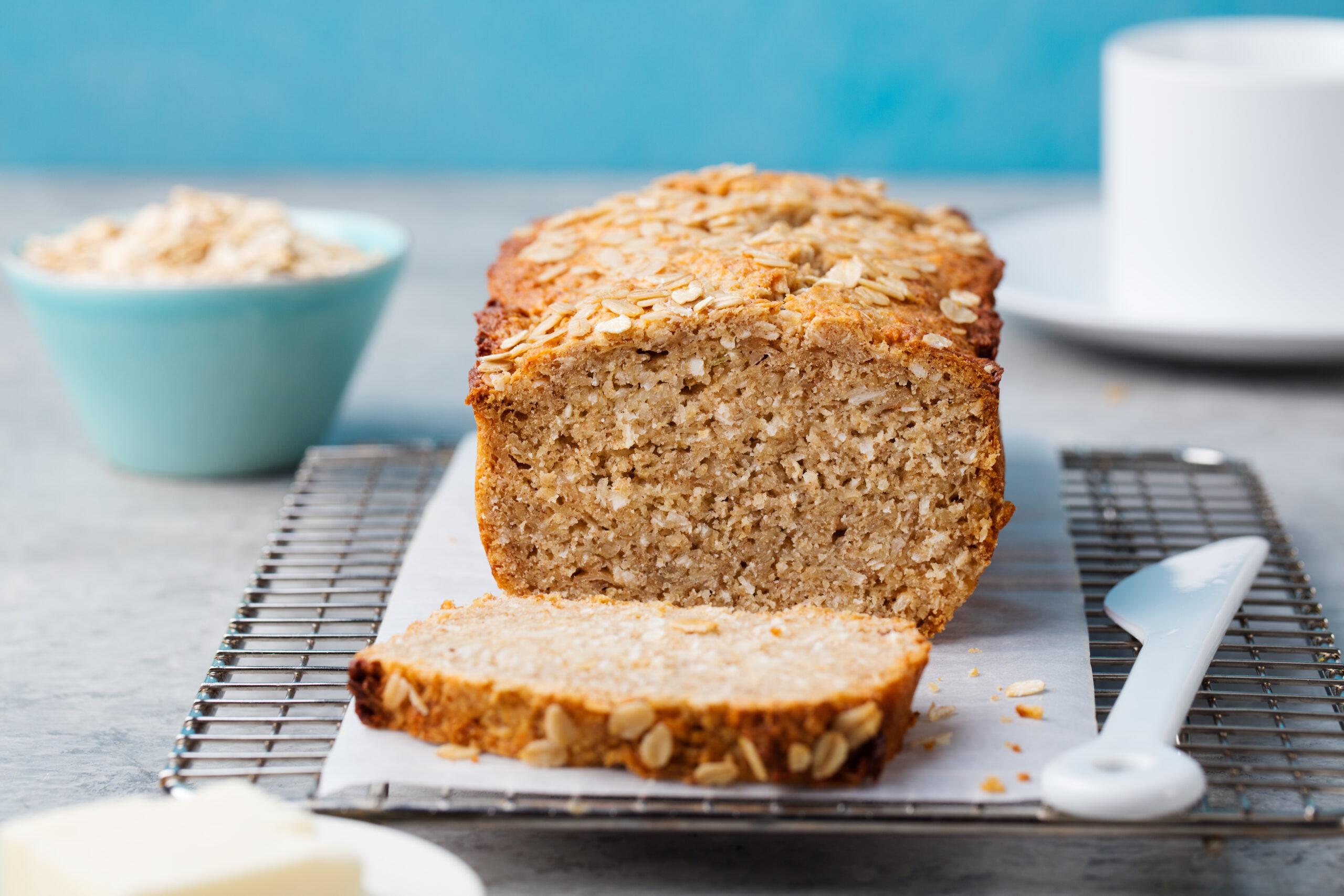
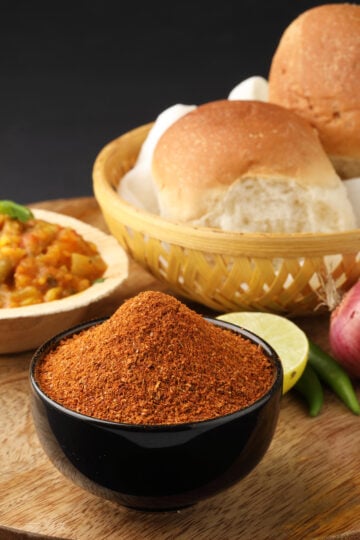
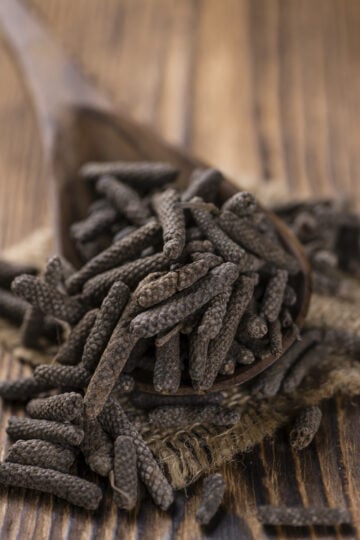
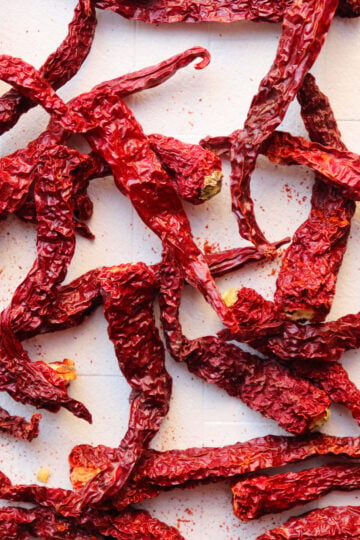
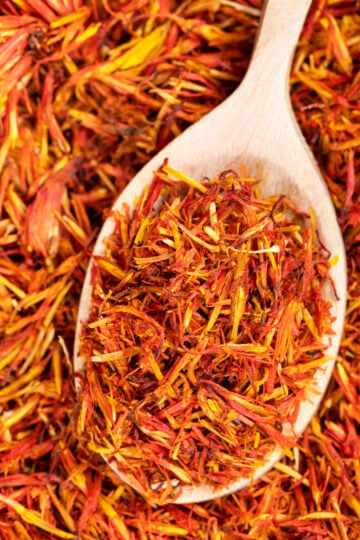
Have a question or something to share? Leave a comment below!